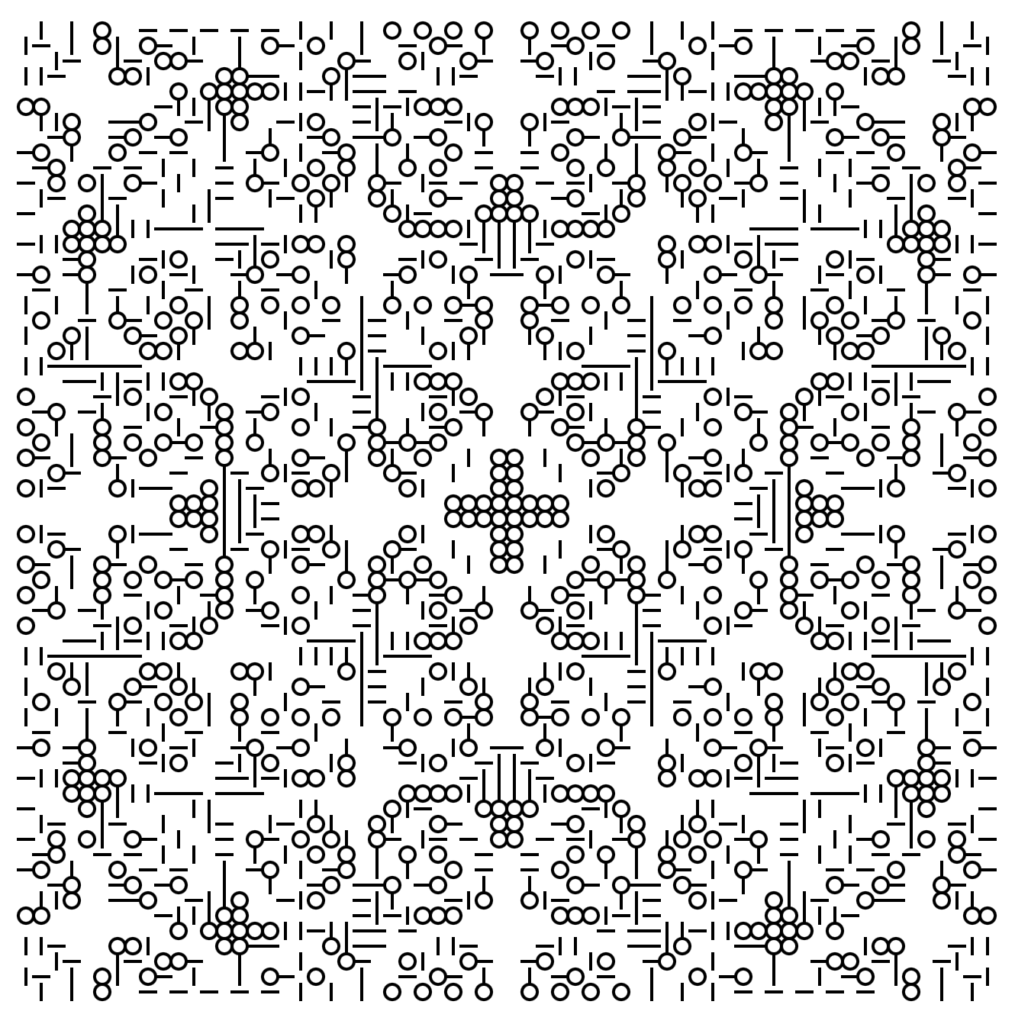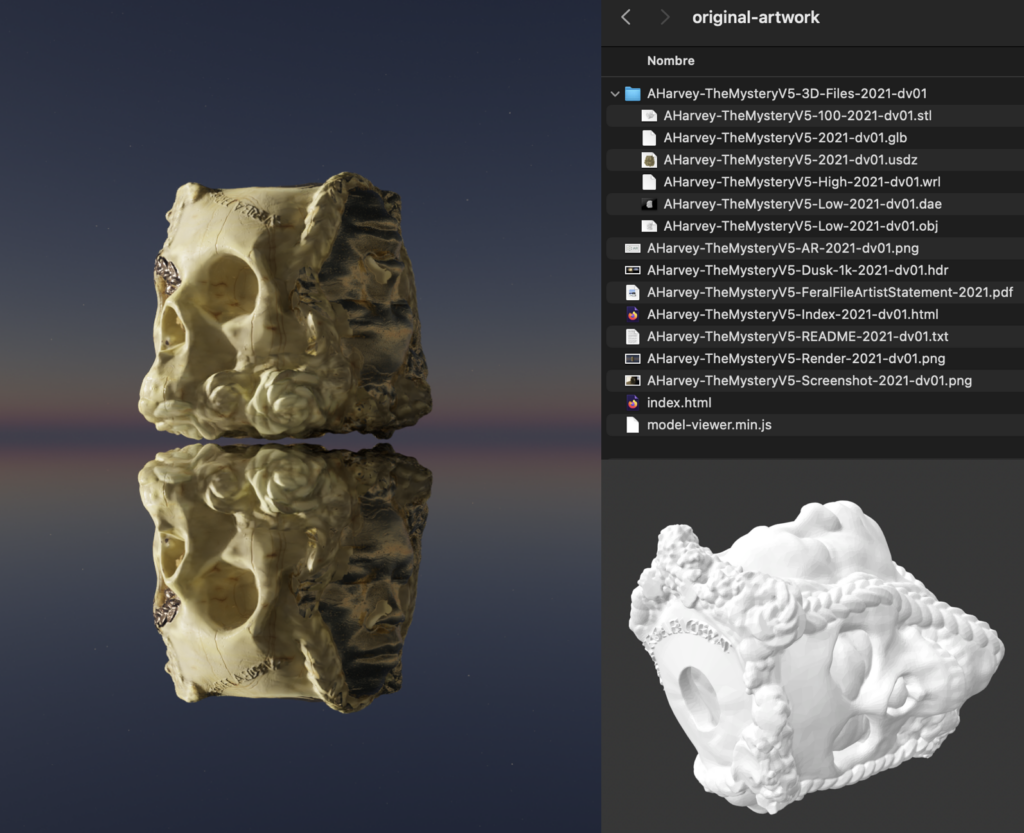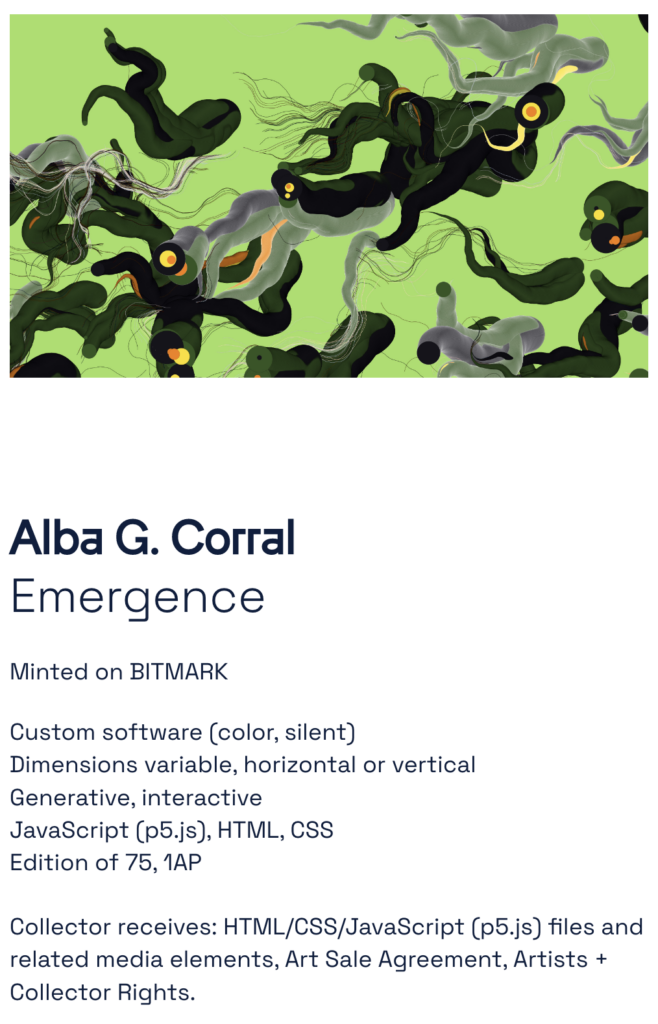Pau Waelder
Quick Dive is a series of articles that offer a brief overview of a certain topic in a clear and concise manner. This article can be read in 6 minutes.

When Beeple’s famous artwork EVERYDAYS: THE FIRST 5000 DAYS was sold as an NFT at Christie’s on 11 March 2021 for $69.3 million, the collector Vignesh Sundaresan (a.k.a. MetaKovan) received a 21,069 x 21,069 pixels image in JPEG format. Soon after, links to download Beeple’s image began appearing on Twitter. Anyone could get a copy of the artwork and see it on their computer, but no one, except Sundaresan, could say they own it.
So, what does it mean to own an NFT?
As this example shows, the non-fungible token (NFT) is not the artwork: Beeple’s artwork (the large JPEG file) was circulating online because it is stored in a file sharing network called IPFS, which is public and accessible to anyone. The NFT is a register on the Ethereum blockchain (in this case) that points to the artwork and to the wallet of its owner. The contents of the collector’s wallet are also publicly available, and therefore anyone can check the wallet and see the artwork there.
Owning an NFT means having a proof of ownership of a digital artwork that is secured by the structure of the blockchain (it cannot be forged) and is also publicly certifiable. In a way, it can be described as a certificate of ownership chiseled in stone in a public monument. It is actually more complicated than that, but let’s stay with the idea that you own the NFT (as long as it stays in your wallet) and that the NFT is a unique register that refers to an artwork that you bought.

And why isn’t the artwork inside the NFT?
It would probably be simpler if the NFT, instead of being a proof of purchase, would actually contain the artwork. In some cases, it does: these are called on-chain NFTs:
– Certain artworks are made of a few lines of code that produce a visual composition. These lines of code are added to the data that constitutes the non-fungible token, and therefore are also secured by the blockchain: the artwork (or rather the code that makes the artwork) is in this way stored permanently.
– However, not all artworks can be on-chain: the blockchain was designed to record cryptocurrency transactions, with a limited amount of information. Each register on the blockchain costs money (gas fees) and to create an NFT with the information contained in a high resolution image or video is the equivalent of numerous transactions, which entail much higher costs.
For this reason, most NFTs are off-chain, which means that, as in the case of Beeple’s JPEG, the image is stored somewhere online, and the NFT points to it.

What you get when you buy an NFT is not always the same
Since Beeple’s NFT made the headlines, the market for NFTs has moved fast and creators have come up with increasingly diverse and imaginative ways of selling their artworks as digital images or videos, software, prints and sculptures, and even performance pieces.
To name a few, these are some of the things you can get when you buy an NFT:
(1) An image or a video stored on the IPFS network that you and anyone can download.
(2) The same as above, only the file on the IPFS network is in low resolution and you get access to a high resolution version that only you can download.
(3) A code-based artwork stored on the IPFS network that runs on its own data or takes data from somewhere else. Sometimes you cannot download the artwork, just run it on your browser, and it may stop working at some point.
(4) A virtual sculpture in the form of an image or video, alongside the file that you can download in order to 3D print a physical version of the sculpture.
(5) A code-based artwork that changes according to certain rules embedded in the NFT’s smart contract. These rules can include, for instance, that the artwork changes over time, or that it changes if another artwork is bought, or that it ceases to exist if the NFT is not transferred to another wallet after a certain amount of time.
(6) An artwork that was generated the moment you bought it by a program set to run a pre-defined number of times (e.g. 50-1,000 times). Your artwork is then unique but part of a limited series of similar artworks. The image you bought may be available in a similar way as (1) or (2).
(7) An artwork that grants access to other things, such as downloadable files, a Discord server, a club membership, or anything the creators have come up with.
With so many different possibilities, it is advisable to find out what you will get with that NFT you are willing to buy. The information that is made available to collectors varies from marketplace to marketplace, and even from one artist and project to another in the same marketplace.
Most simply assume that what you see is what you get: the image or video that caught your eye is what you will own, plain and simple. Even then, you should check whether the artwork is unique or part of a limited edition. When there is something more than what you see, read the description carefully and find out what else is there, maybe some downloadable content or conditions attached to the ownership of the artwork.

What to do once you bought the NFT
If you really like the artwork you bought, there are two main concerns you should take into account: how to view the artwork, and how to preserve it.
– Preserving a copy of the artwork is more important than you may think. Resources such as IPFS may always be there, or they may not, and the file could get lost. Preservation is a concern to NFT creators, and this is why solutions such as on-chain NFTs are being developed. Until there is a better way to preserve artworks minted as NFTs, the best option is to go to the IPFS link and download the file, and also download any files made available by the marketplace or the creator. Where you store those files is up to you: you can put them in a USB stick inside a sock under your mattress, or use a cloud-based storage.
– If you love the artwork, you will want to see it. The marketplace grid is not a proper place for an artwork, nor is it the web browser (unless it was created for this space). The artwork needs a screen, certainly, but a dedicated screen. Currently marketplaces do not offer tools to view your NFTs outside of the browser, so it is up to each collector to find a way to properly display the artworks they own.
Niio offers a solution for both of these issues. You can sync your wallet to your account and automatically access the artworks you have bought, which you can copy to your personal space in a cloud-based storage system. Once the artworks are added to your account, you can easily display them on any screen using the Niio app.
The NFT market has experienced a fast-paced development in just a year and a half and still needs to consolidate practices, formats, and standards. In the meantime, collecting NFTs will continue to require finding out exactly what one is buying, and using smart tools to preserve and display the art.
